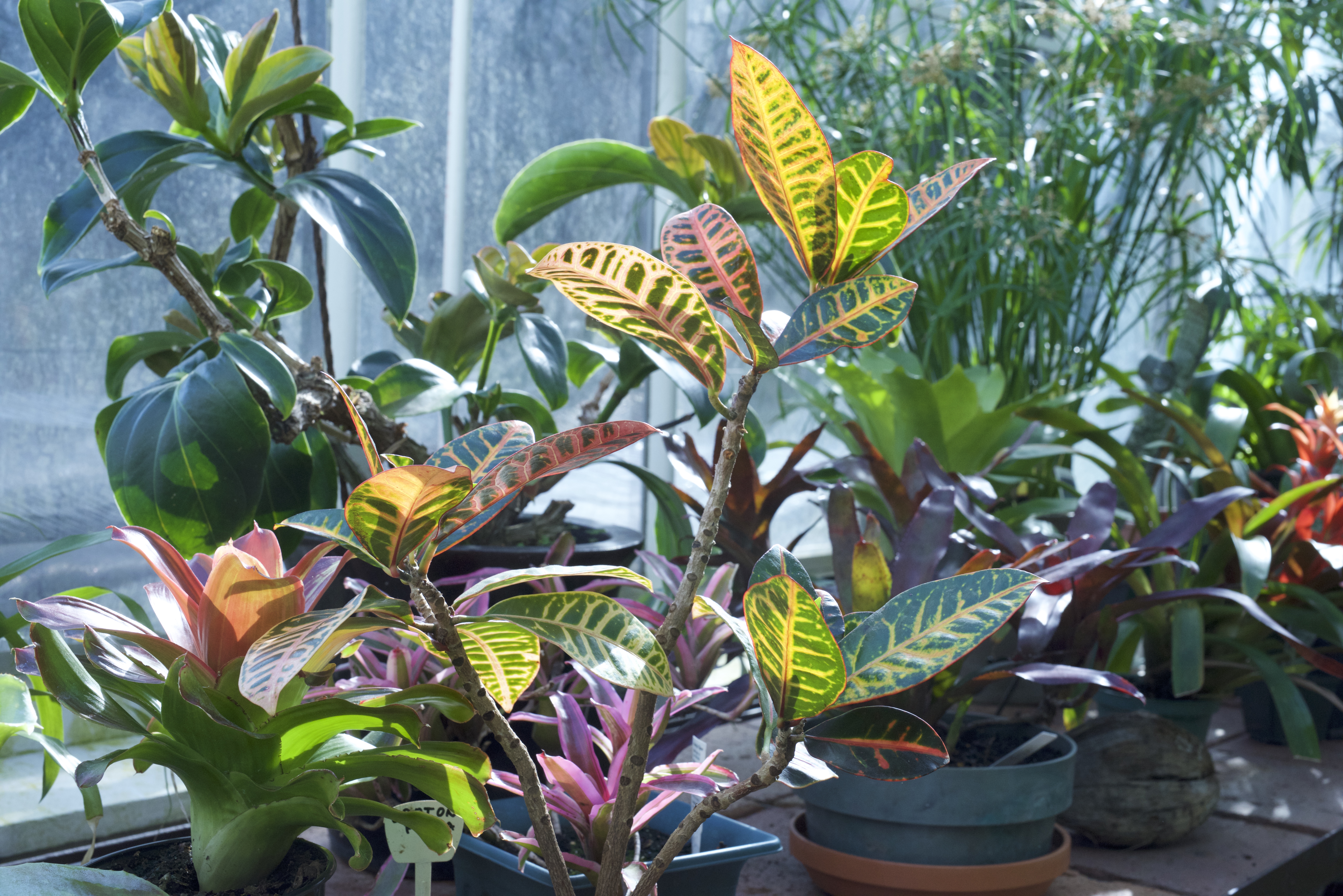|
Croton Pottsii
''Croton pottsii'' is a species of plant known by the common name leatherweed. It is native to the southwestern United States and northern Mexico. Description ''Croton pottsii'' is a perennial forb with ovate to elliptic shaped leaves, which are dusty green in color due to the presence of stellate hairs. The flowers can be unisexual or bisexual and lack petals. The species is named for John Potts, manager of the Chihuahua Mint. References External linksUSDA Plants Profile: ''Croton pottsii'' (leatherweed) pottsii Flora of Arizona [...More Info...] [...Related Items...] OR: [Wikipedia] [Google] [Baidu] |
Klotzsch
Johann Friedrich Klotzsch (9 June 1805 – 5 November 1860) was a German pharmacist and botanist. His principal work was in the field of mycology, with the study and description of many species of mushroom. Klotzsch was born in Wittenberg. Originally trained as a pharmacist, he later enrolled in pharmaceutical and botanical studies in Berlin. In 1830–32 he was curator of William Jackson Hooker's herbarium at the University of Glasgow. Beginning in 1834 he collected plants in Saxony, Bohemia, Austria, Styria and possibly Hungary. In 1838 he replaced Adelbert von Chamisso (1781–1838) as curator and director of the Royal Herbarium in Berlin. The plant genus ''Klotzschia'' from the family Apiaceae, and some plant species like '' Eugenia klotzschiana'' or '' Acianthera klotzschiana'' are named in his honour. Selected works *''Mykologische Berichtigungen zu der nachgelassenen Sowerbyschen Sammlung, so wie zu den wenigen in Linneschen Herbarium vorhandenen Pilzen nebst Aufstellung ... [...More Info...] [...Related Items...] OR: [Wikipedia] [Google] [Baidu] |
Croton (plant)
''Croton'' is an extensive flowering plant genus in the spurge family, Euphorbiaceae. The plants of this genus were described and introduced to Europeans by Georg Eberhard Rumphius. The common names for this genus are rushfoil and croton, but the latter also refers to ''Codiaeum variegatum''. The generic name comes from the Greek ('), which means "tick" and refers to the shape of the seeds of certain species. Description ''Croton'' is a diverse and complex taxonomic group of plants ranging from herbs and shrubs to trees. A well-known member of this genus is '' Croton tiglium'', a shrub native to Southeast Asia. It was first mentioned in European literature by Cristóbal Acosta in 1578 as lignum pavanae. The oil, used in herbal medicine as a violent purgative, is extracted from its seeds. Currently, it is considered unsafe and it is no longer listed in the pharmacopeias of many countries. Taxonomy Uses Traditional uses ''C. tiglium'' oil has been used in traditional C ... [...More Info...] [...Related Items...] OR: [Wikipedia] [Google] [Baidu] |
Flora Of Arizona
Flora is all the plant life present in a particular region or time, generally the naturally occurring (indigenous) native plants. Sometimes bacteria and fungi are also referred to as flora, as in the terms '' gut flora'' or '' skin flora''. Etymology The word "flora" comes from the Latin name of Flora, the goddess of plants, flowers, and fertility in Roman mythology. The technical term "flora" is then derived from a metonymy of this goddess at the end of the sixteenth century. It was first used in poetry to denote the natural vegetation of an area, but soon also assumed the meaning of a work cataloguing such vegetation. Moreover, "Flora" was used to refer to the flowers of an artificial garden in the seventeenth century. The distinction between vegetation (the general appearance of a community) and flora (the taxonomic composition of a community) was first made by Jules Thurmann (1849). Prior to this, the two terms were used indiscriminately.Thurmann, J. (1849). ''Essai de ... [...More Info...] [...Related Items...] OR: [Wikipedia] [Google] [Baidu] |
Flora Of New Mexico
Flora is all the plant life present in a particular region or time, generally the naturally occurring (indigenous) native plants. Sometimes bacteria and fungi are also referred to as flora, as in the terms '' gut flora'' or '' skin flora''. Etymology The word "flora" comes from the Latin name of Flora, the goddess of plants, flowers, and fertility in Roman mythology. The technical term "flora" is then derived from a metonymy of this goddess at the end of the sixteenth century. It was first used in poetry to denote the natural vegetation of an area, but soon also assumed the meaning of a work cataloguing such vegetation. Moreover, "Flora" was used to refer to the flowers of an artificial garden in the seventeenth century. The distinction between vegetation (the general appearance of a community) and flora (the taxonomic composition of a community) was first made by Jules Thurmann (1849). Prior to this, the two terms were used indiscriminately.Thurmann, J. (1849). ''Essai de ... [...More Info...] [...Related Items...] OR: [Wikipedia] [Google] [Baidu] |
Flora Of Texas
Flora is all the plant life present in a particular region or time, generally the naturally occurring (indigenous) native plants. Sometimes bacteria and fungi are also referred to as flora, as in the terms '' gut flora'' or '' skin flora''. Etymology The word "flora" comes from the Latin name of Flora, the goddess of plants, flowers, and fertility in Roman mythology. The technical term "flora" is then derived from a metonymy of this goddess at the end of the sixteenth century. It was first used in poetry to denote the natural vegetation of an area, but soon also assumed the meaning of a work cataloguing such vegetation. Moreover, "Flora" was used to refer to the flowers of an artificial garden in the seventeenth century. The distinction between vegetation (the general appearance of a community) and flora (the taxonomic composition of a community) was first made by Jules Thurmann (1849). Prior to this, the two terms were used indiscriminately.Thurmann, J. (1849). ''Essai de ... [...More Info...] [...Related Items...] OR: [Wikipedia] [Google] [Baidu] |


.png)